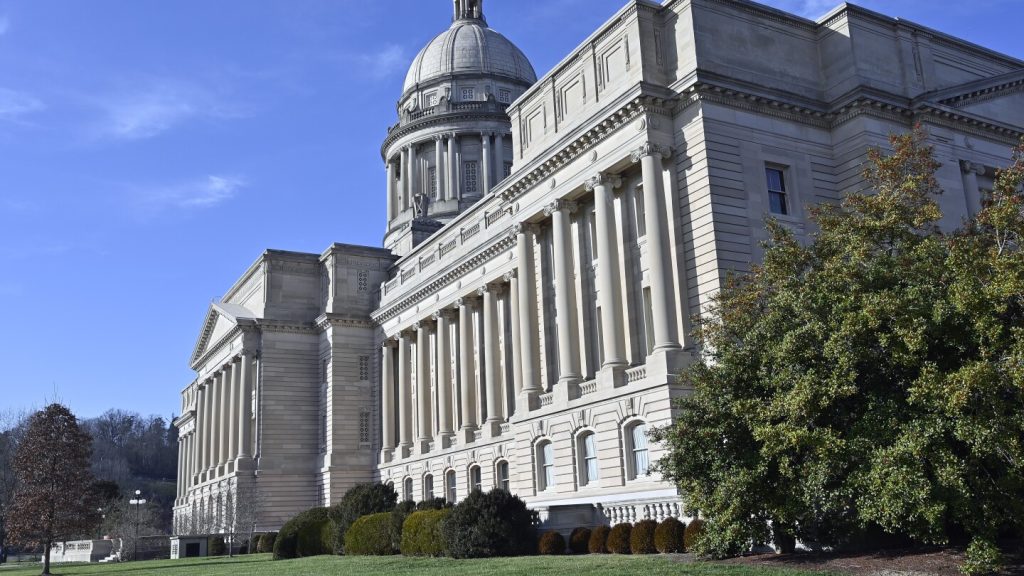In the recent election in Kentucky, Republicans managed to maintain their supermajorities in the state Legislature. This victory was crucial as Democrats had targeted suburban areas in hopes of leveraging Gov. Andy Beshear’s popularity. The results ensure that Republicans will continue to set the agenda in the Legislature and can override any vetoes by the Democratic governor during the upcoming legislative session starting in January. State Senate President Robert Stivers expressed satisfaction with the results, believing that it bodes well for the state and the Republican party’s ability to move in a positive direction.
The Republican party in Kentucky had previously secured complete control of the Legislature in 2016 with the help of Donald Trump’s coattails and strong candidate recruitment. The party won the state House for the first time in nearly a century that year and has since built on that success, establishing solid supermajorities in subsequent elections. The GOP’s continued dominance was evident in rural areas across the state, with the exception of one Appalachian district where Democratic state Rep. Ashley Tackett Laferty managed to win reelection despite Trump’s victory in Kentucky. Laferty expressed gratitude to her constituents for placing their faith in her and vowed to continue working towards improving the district.
Despite the overall success for Republicans, Democrats faced frustration in their efforts to gain more suburban seats and reduce the GOP’s significant advantage in the Kentucky House. Incumbent Republicans in Jefferson County, including in Louisville, managed to fend off challenges and secure new terms. State Rep. Jared Bauman, who was a key figure in a criminal justice reform measure, was among the victorious Republican candidates along with Jason Nemes, John Hodgson, Emily Callaway, and Ken Fleming. However, several legislative races in the state remained too close to call, indicating a potential for further shifts in the political landscape.
The outcome of the election highlighted the challenges faced by Democrats in Kentucky as they aimed to make gains in suburban areas traditionally dominated by Republicans. Despite their efforts, the Republican incumbents proved resilient and managed to retain their seats, maintaining the party’s stronghold in those regions. The results showcased the GOP’s ability to appeal to voters and solidify their positions in key districts, ensuring that they remain in control of the Legislature moving forward. The supermajorities held by Republicans will allow them to continue advancing their legislative priorities even in the face of opposition from the Democratic governor.
Looking ahead, the political landscape in Kentucky remains dynamic with several races still undecided. These close contests indicate a potential for further shifts in power and decision-making within the state Legislature. Both parties will need to evaluate their strategies and priorities moving forward to build on their successes and address any weaknesses exposed during the recent election. As the state prepares for the upcoming legislative session, all eyes will be on how Republicans and Democrats navigate the changing dynamics and work towards shaping the future of Kentucky.


